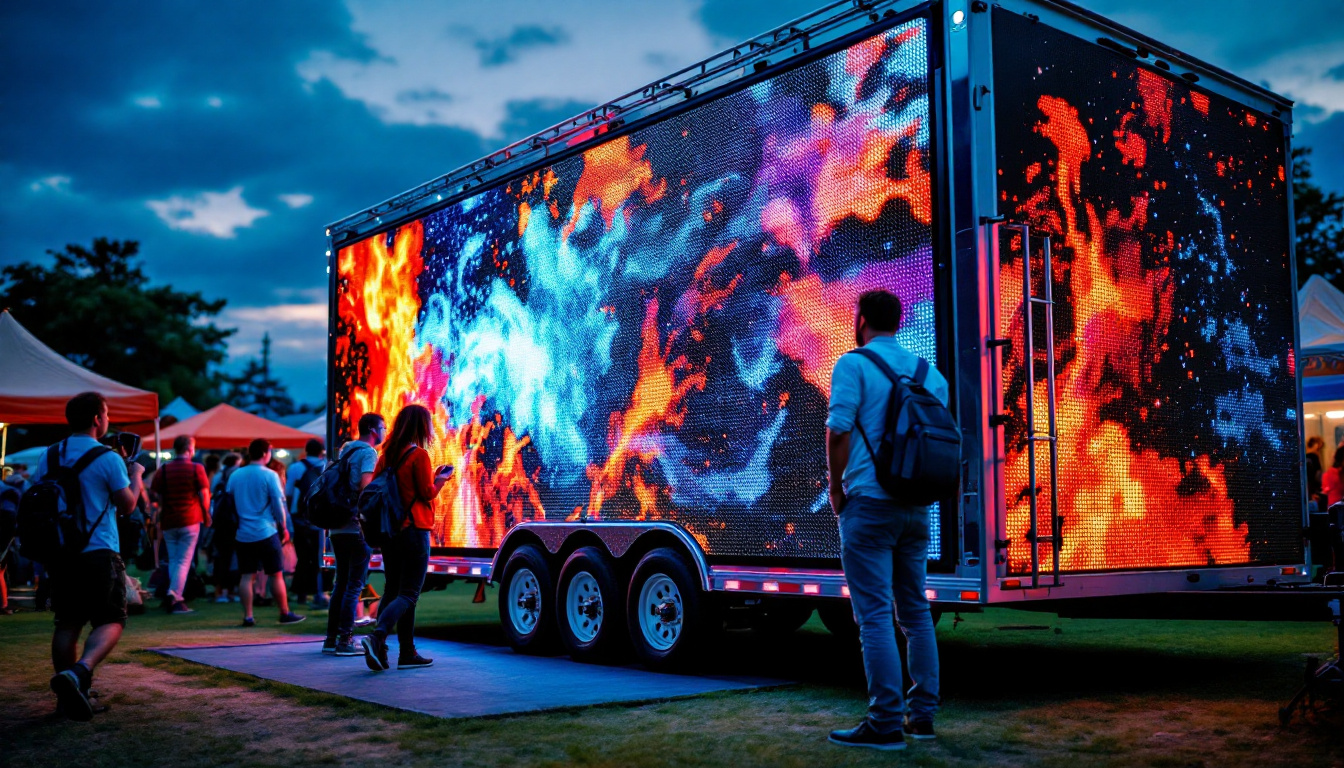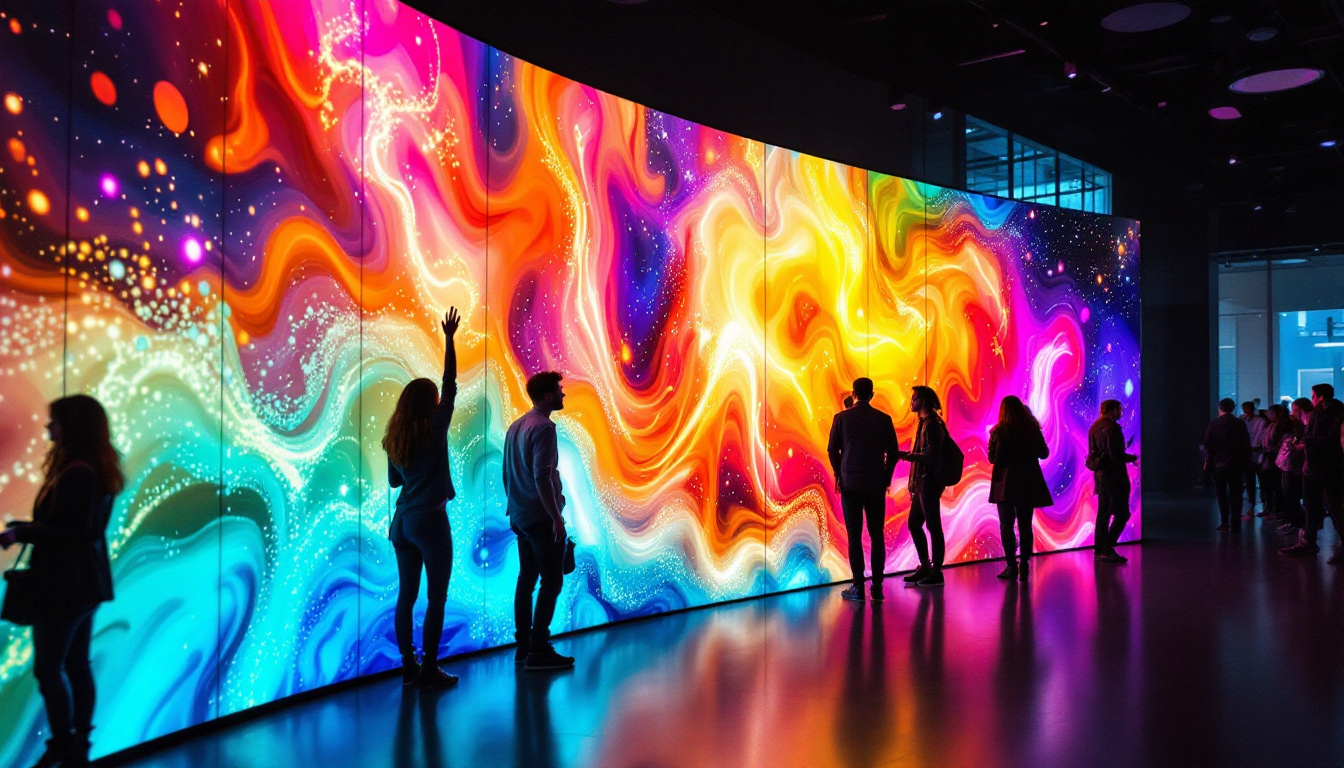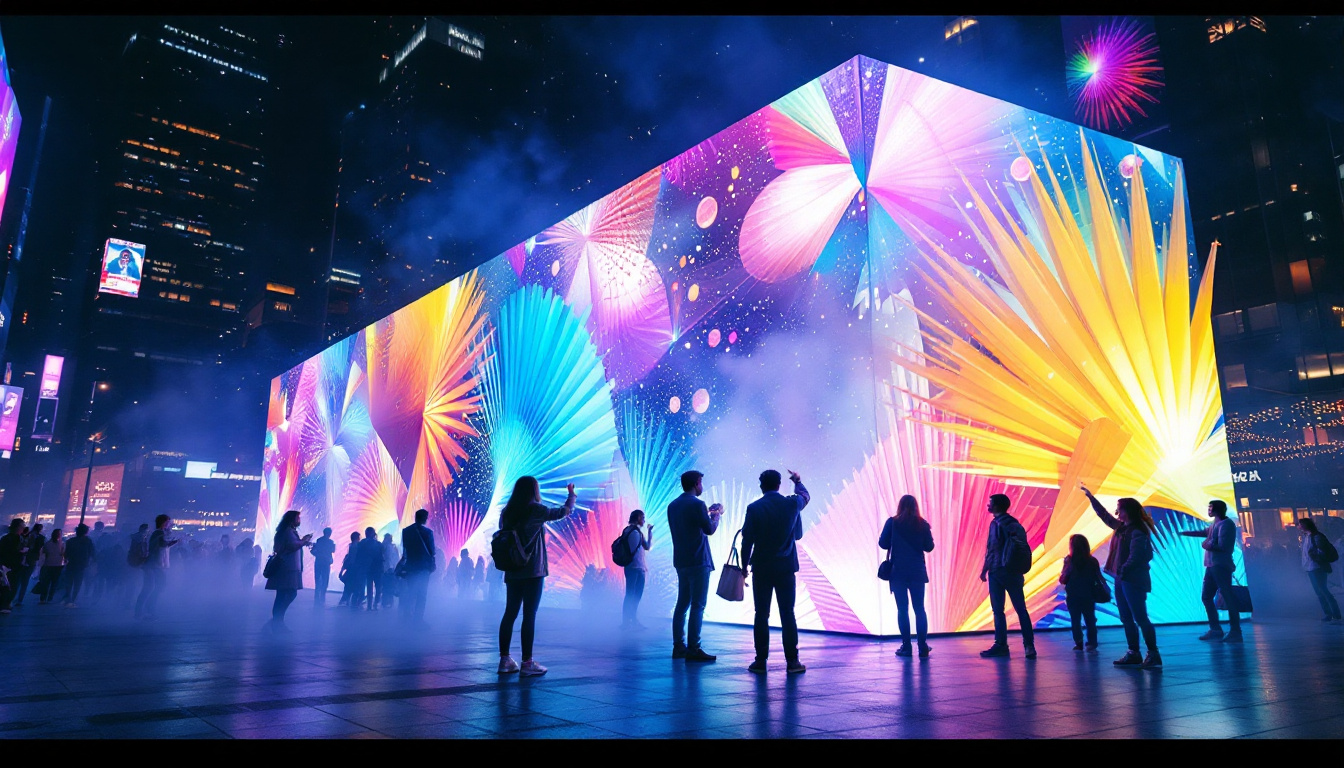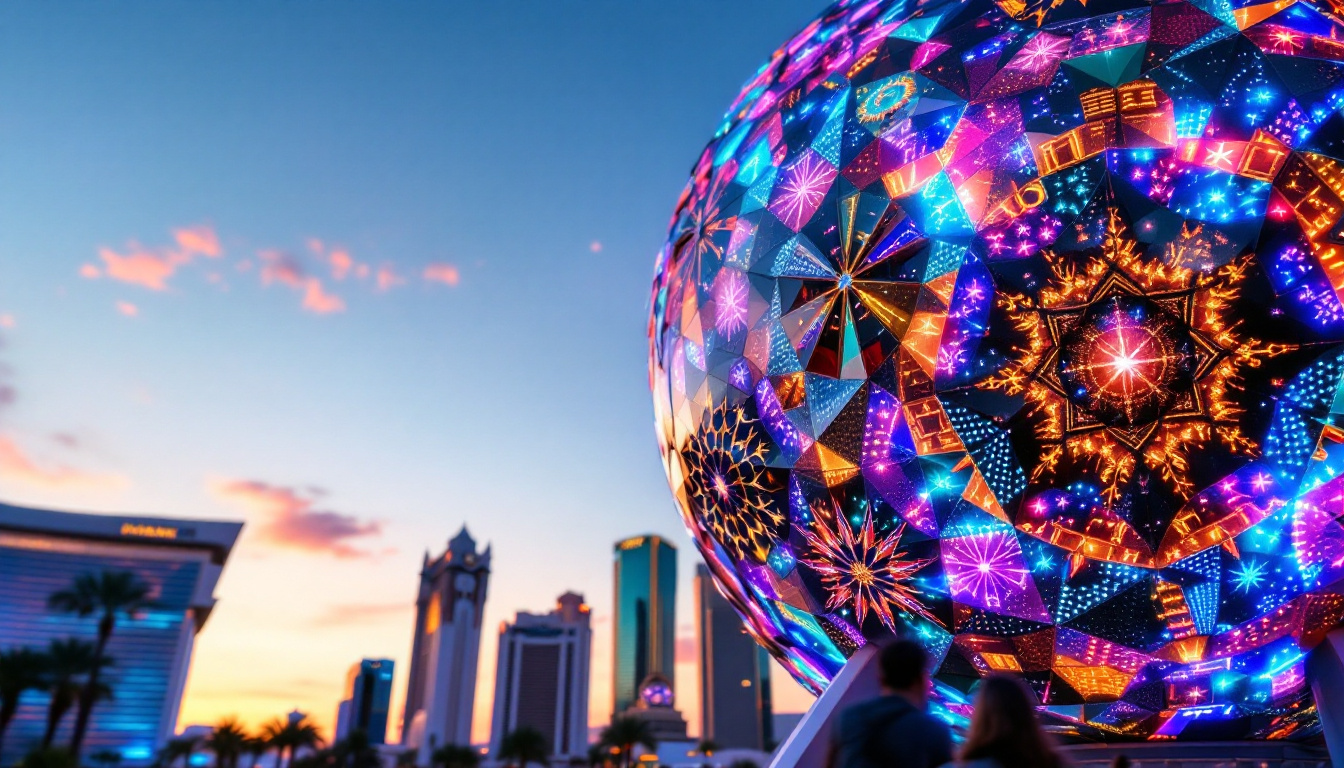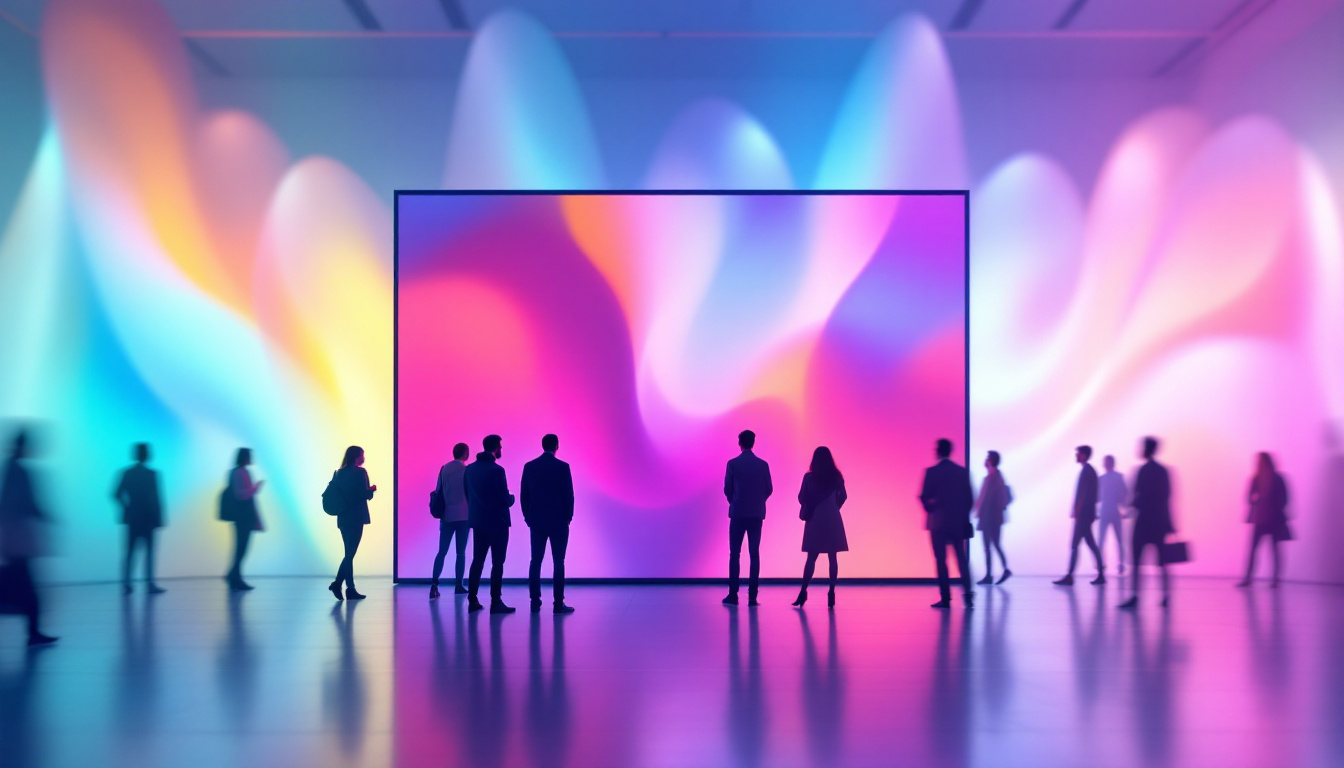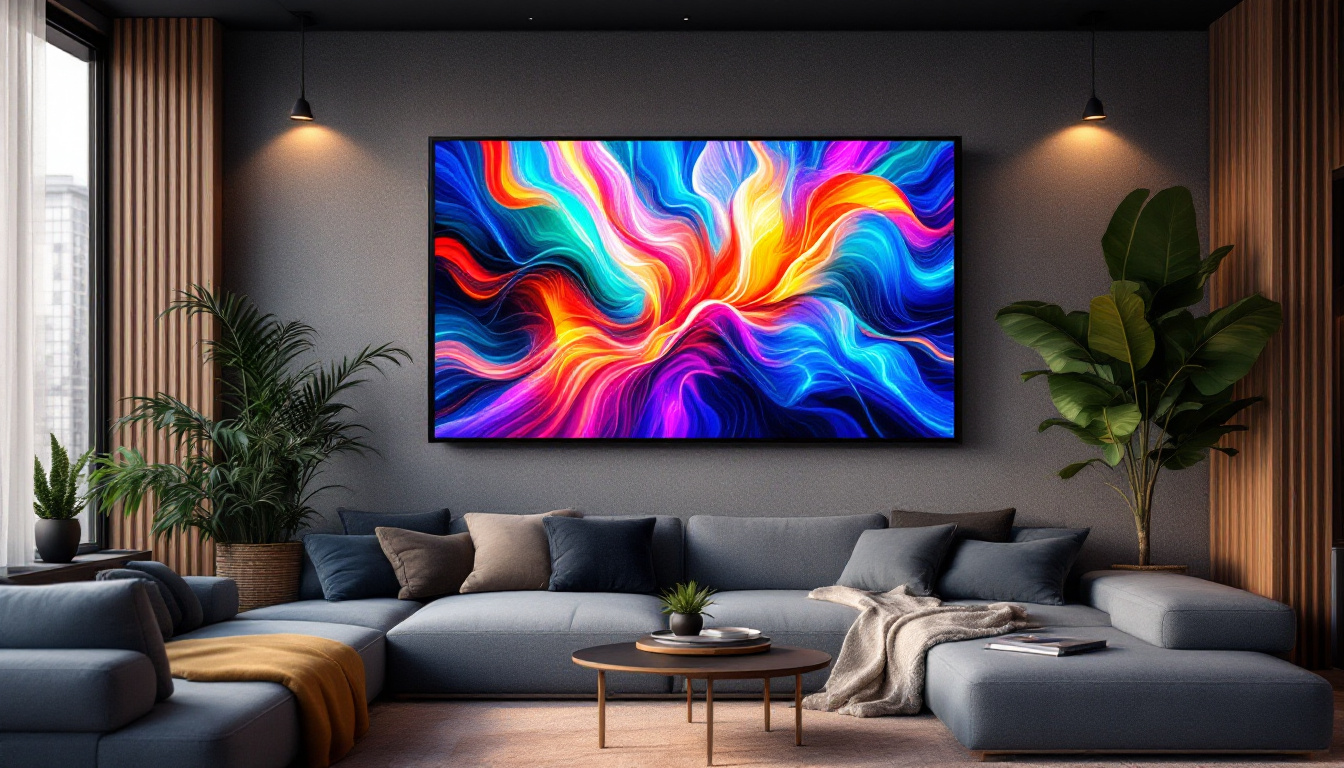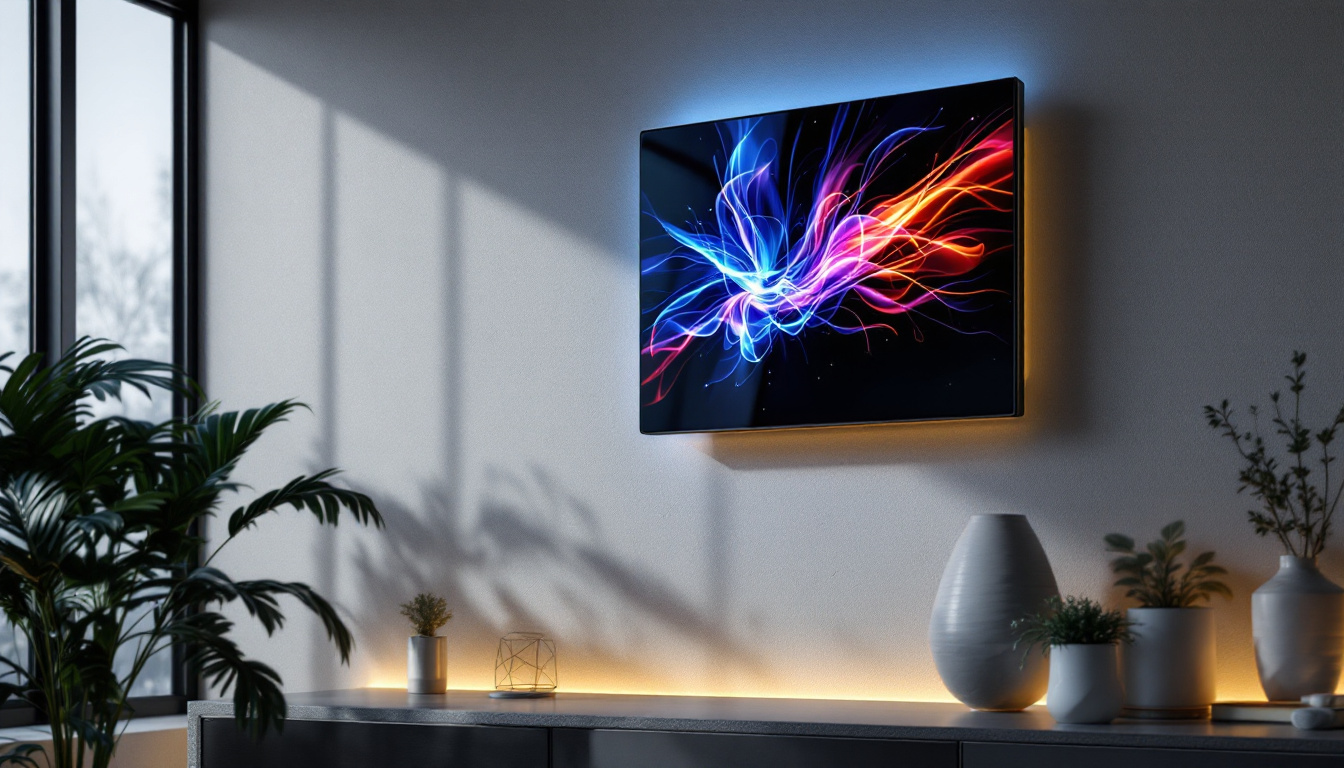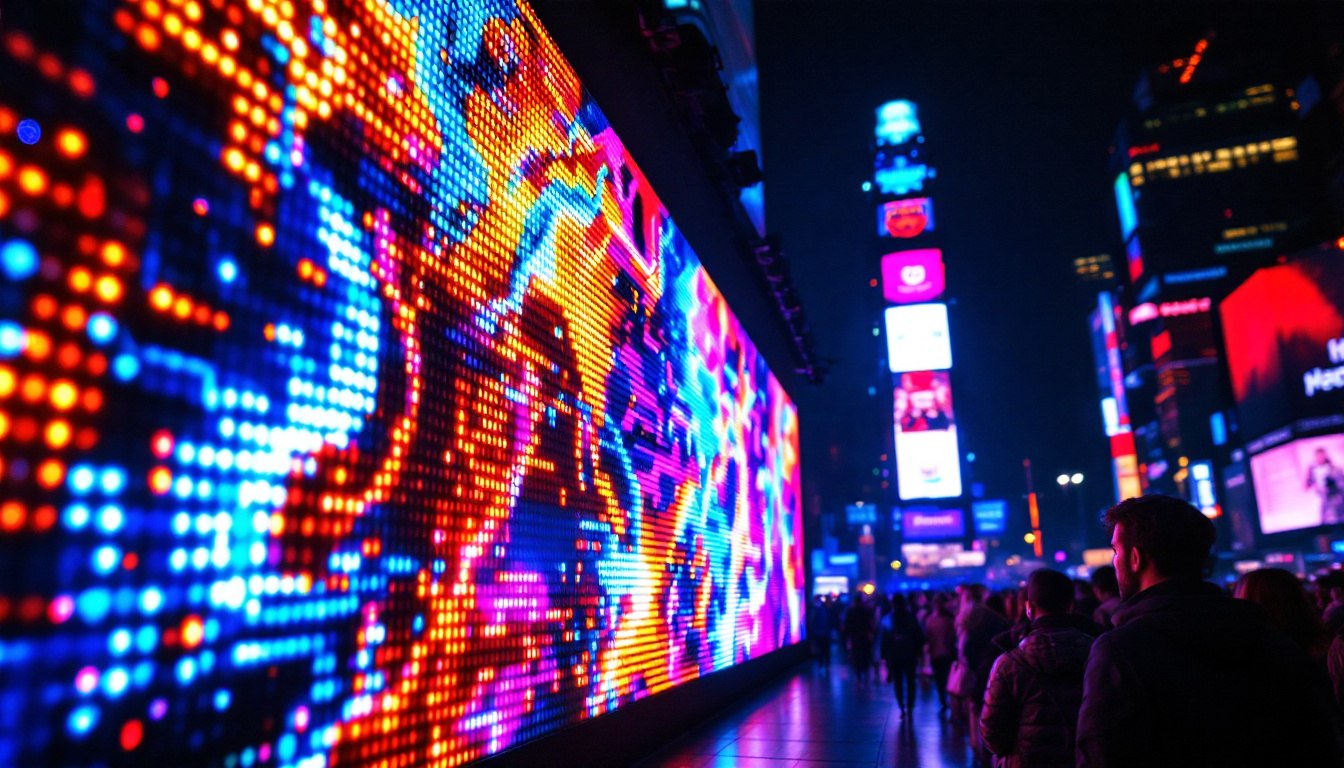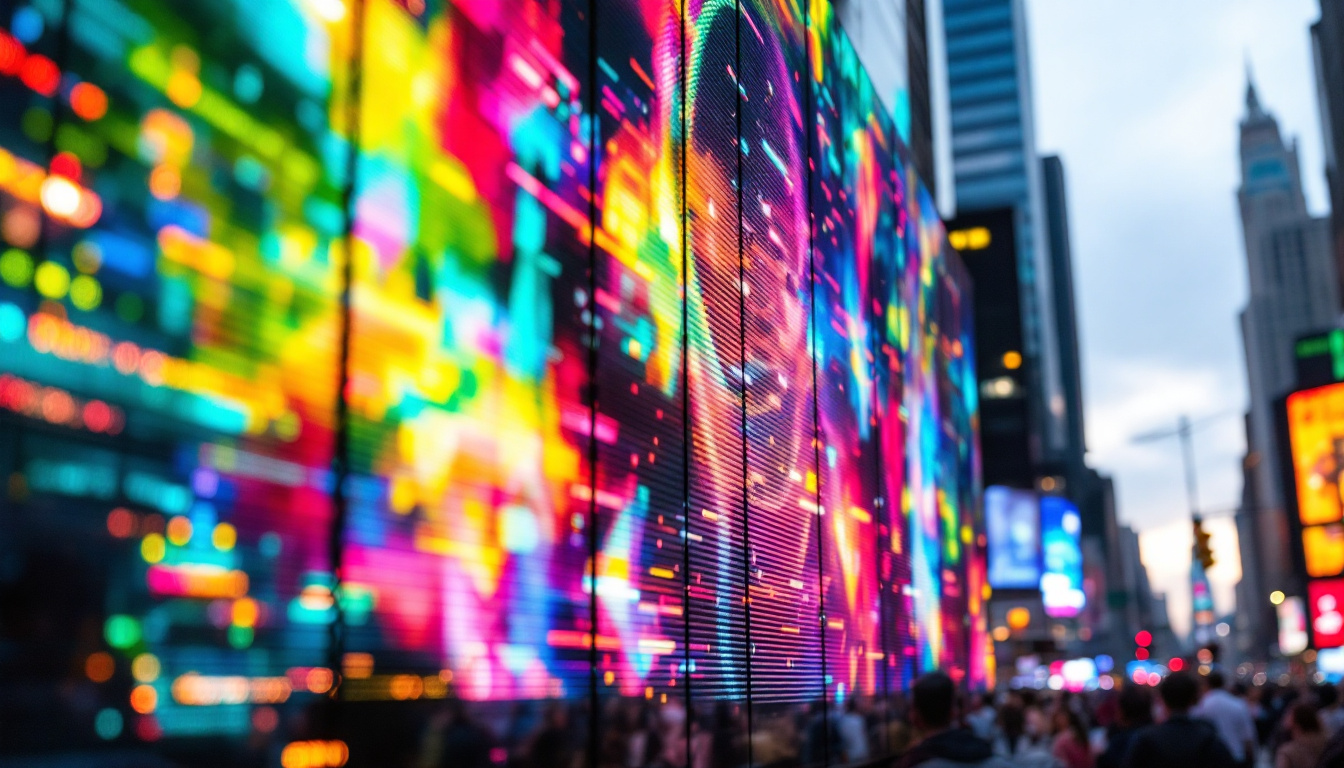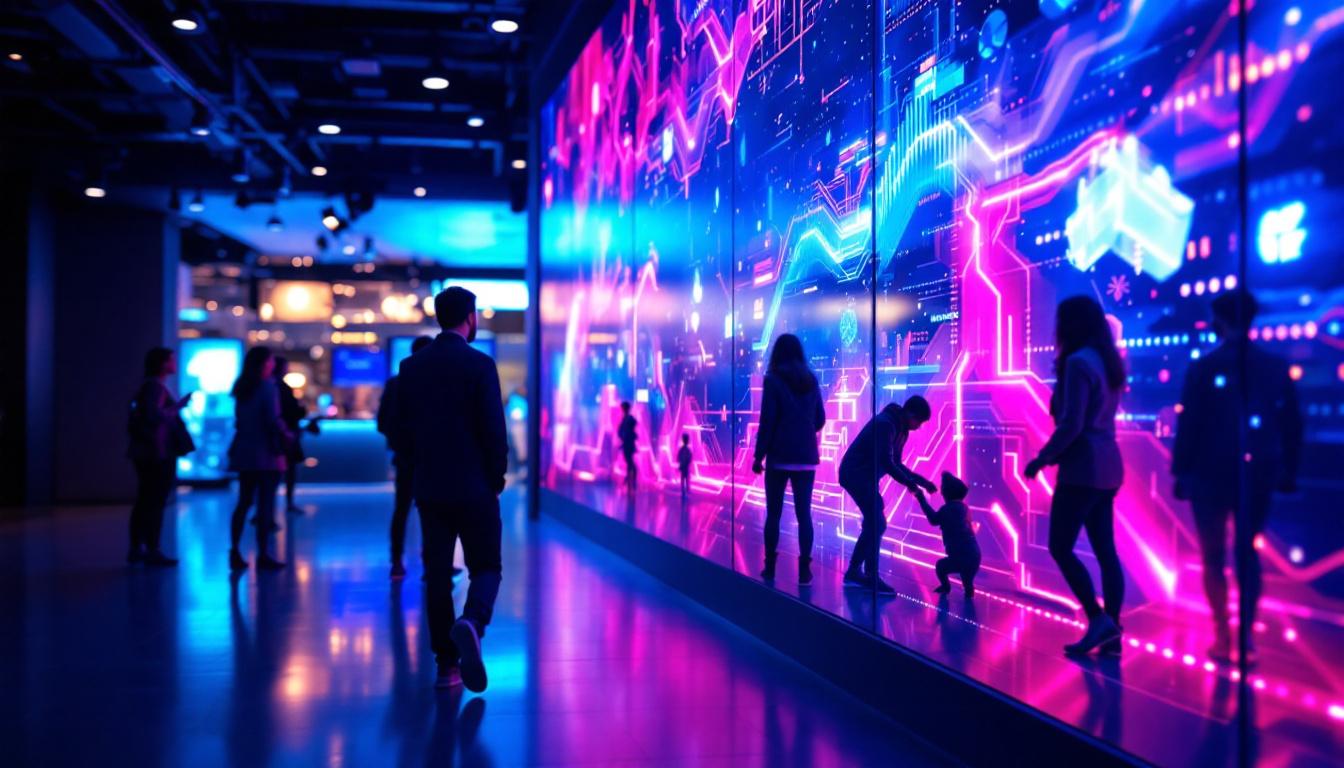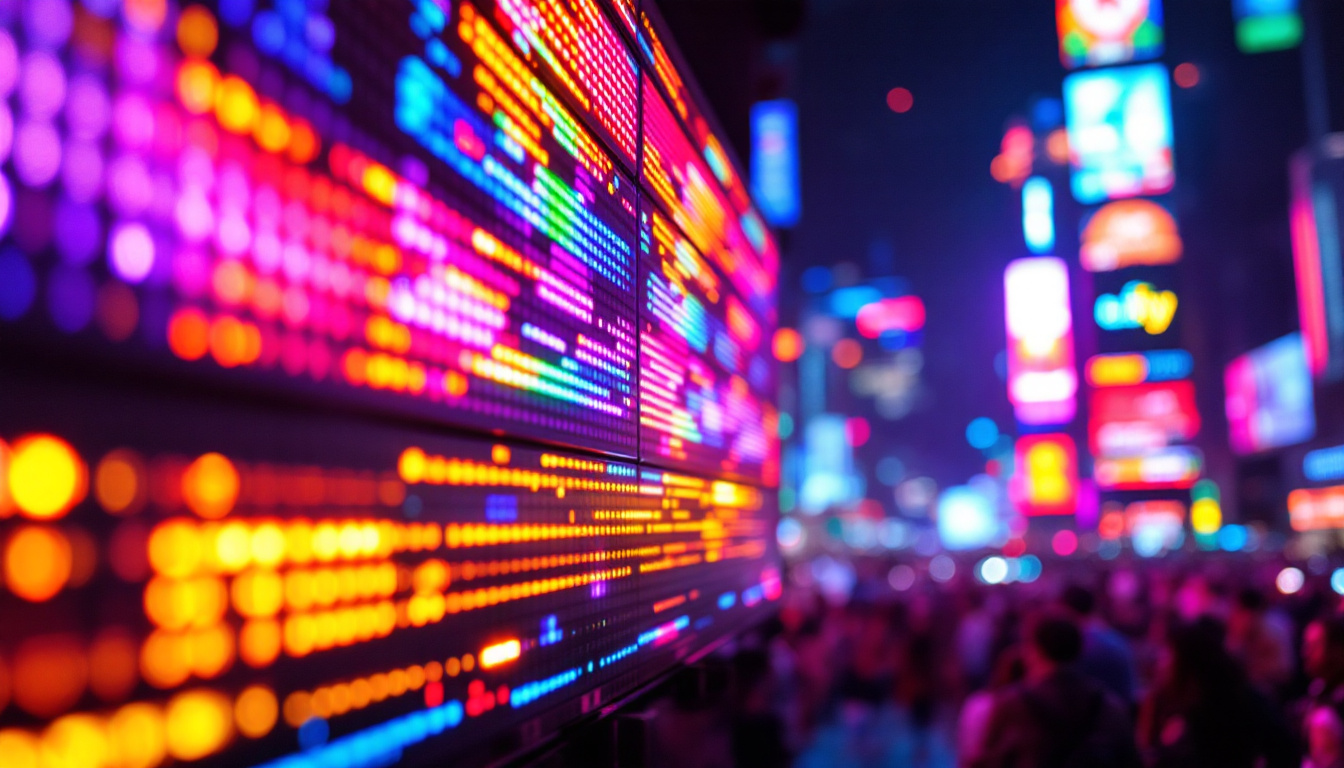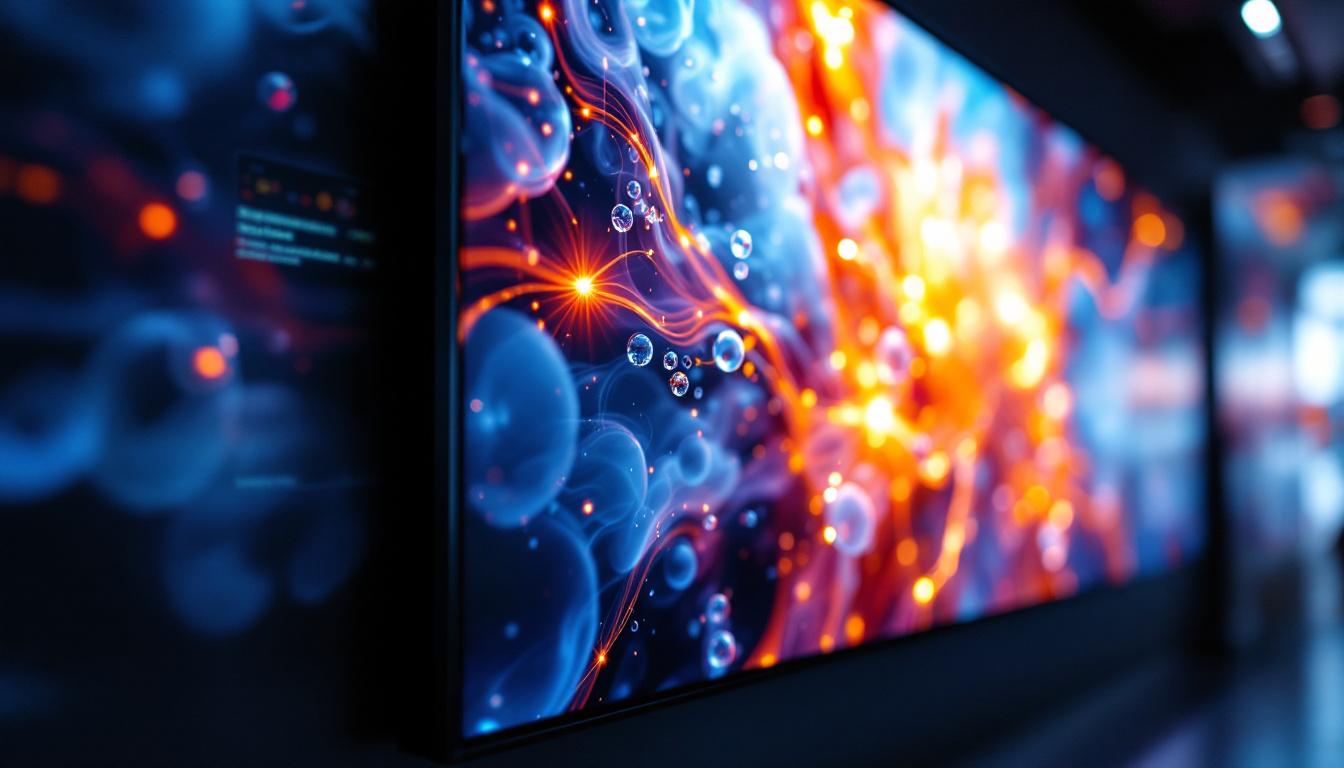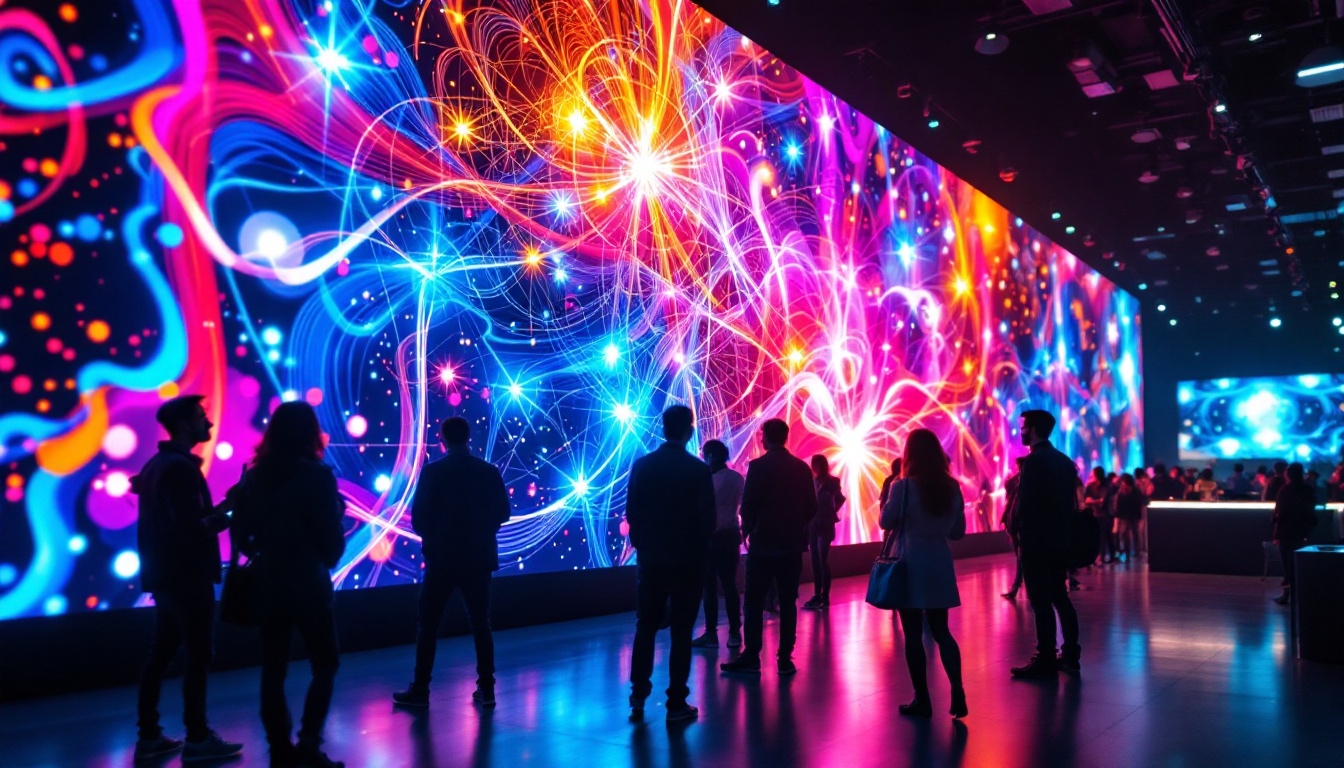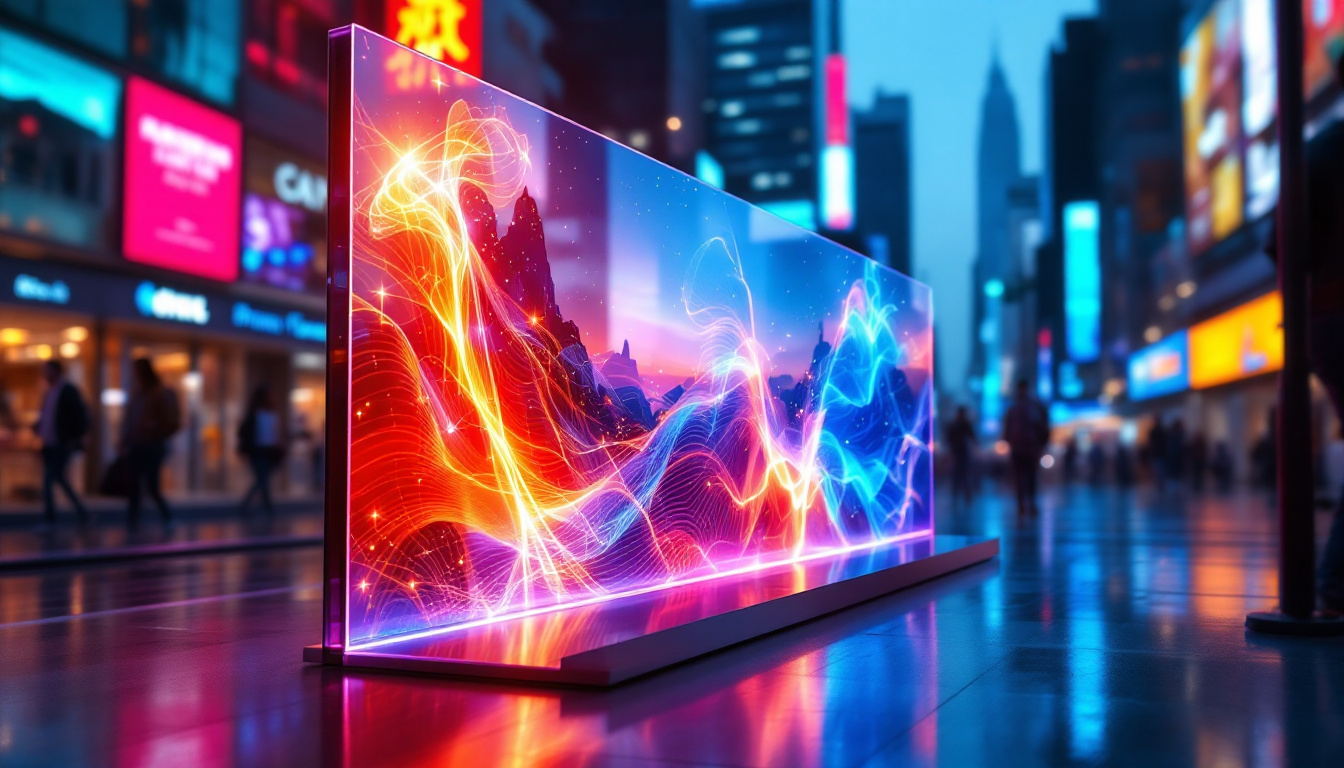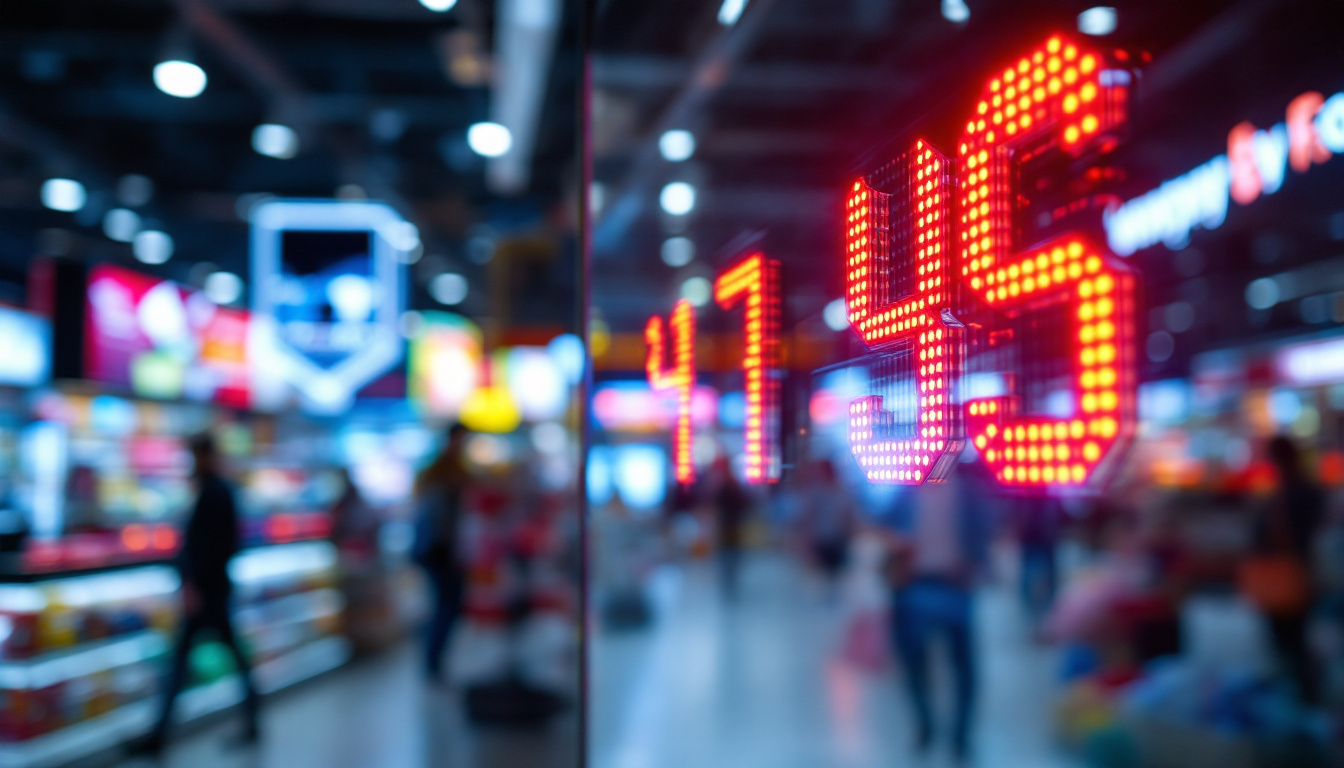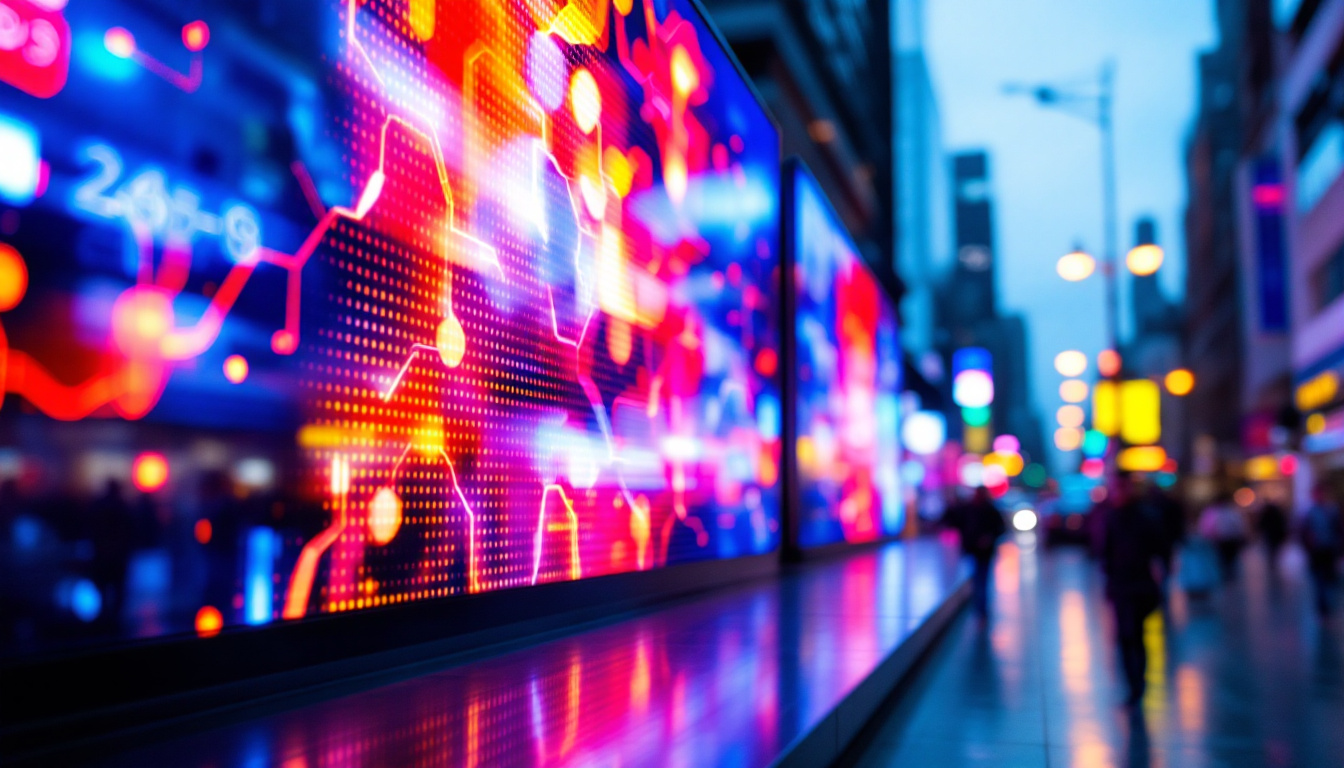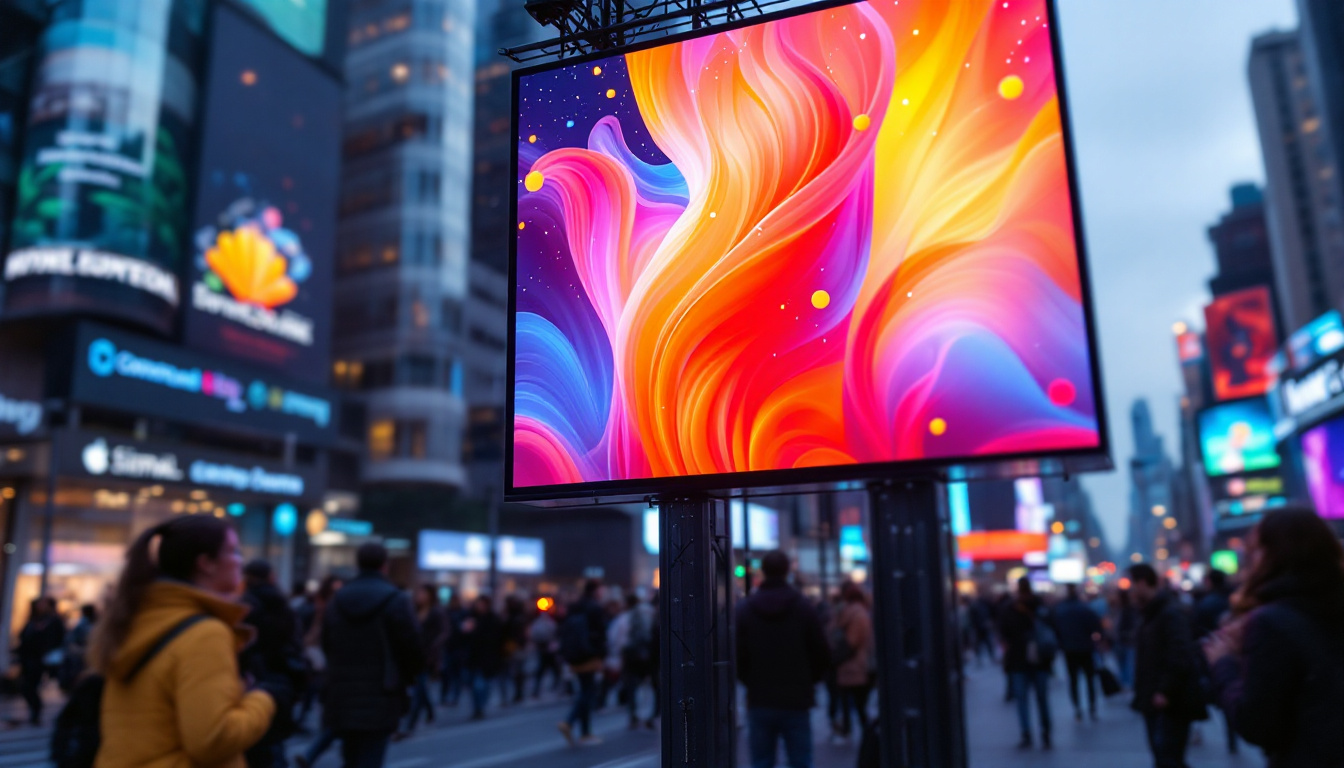In the rapidly evolving world of advertising, visual appeal plays a crucial role in capturing consumer attention. Among various advertising mediums, LED displays have emerged as a powerful tool for brands to convey their messages effectively. This article delves into the intricacies of LED display technology and its significance in product advertisement videos.
Understanding LED Display Technology
LED, or Light Emitting Diode, technology has transformed the landscape of visual displays. Unlike traditional display technologies, LED displays utilize semiconductor materials to emit light when an electric current passes through them. This results in vibrant colors, high brightness, and energy efficiency, making them ideal for outdoor and indoor advertising. The evolution of LED technology has not only enhanced the aesthetics of advertising but has also improved the overall viewer experience, drawing attention in ways that static displays simply cannot.
The Components of LED Displays
LED displays consist of several key components that work together to produce stunning visual content. The primary elements include:
- LED Modules: These are the building blocks of an LED display. Each module contains multiple LEDs that collectively form images and videos, allowing for a seamless and dynamic display of content.
- Control System: This system manages the content displayed on the screen. It allows for real-time updates and scheduling of advertisements, enabling advertisers to tailor their messages based on time, audience, and location.
- Power Supply: A reliable power source is essential for maintaining the brightness and functionality of LED displays. Advanced power management systems also help in optimizing energy consumption, further enhancing the sustainability of these displays.
Understanding these components helps advertisers appreciate the technology behind LED displays and how they can leverage it for maximum impact. Moreover, advancements in technology have led to the development of smart LED displays that integrate IoT capabilities, allowing for data-driven advertising strategies that can adapt to consumer behavior in real-time.
Types of LED Displays
LED displays come in various types, each suited for different advertising needs:
- Indoor LED Displays: These are designed for close viewing and typically have a higher pixel density, resulting in clearer images and videos. They are often used in venues such as shopping malls, airports, and conference centers, where capturing the attention of passersby is crucial.
- Outdoor LED Displays: Built to withstand weather conditions, outdoor displays are larger and brighter, ensuring visibility even in direct sunlight. Their durability and brightness make them a popular choice for billboards and sports arenas, where they can convey messages to large audiences.
- Transparent LED Displays: These innovative displays allow for visibility through the screen while showcasing content, making them ideal for retail environments. They create an engaging shopping experience by blending digital content with physical products, capturing the interest of customers without obstructing their view.
Each type of LED display serves a unique purpose, allowing brands to choose the right one based on their advertising goals. Additionally, the rise of flexible LED displays has opened up new possibilities for creative installations, enabling brands to explore unconventional shapes and formats that can enhance their visual storytelling and brand identity. As technology continues to advance, the potential applications of LED displays are virtually limitless, paving the way for even more innovative advertising solutions.
The Role of LED Displays in Product Advertisement Videos
Product advertisement videos are essential for showcasing a brand’s offerings. LED displays enhance these videos by providing a dynamic and engaging platform for storytelling. Here’s how LED displays elevate product advertisement:
Visual Appeal
One of the most significant advantages of LED displays is their ability to produce vibrant colors and high contrast. This visual appeal captures the attention of potential customers and keeps them engaged. In a world where consumers are bombarded with advertisements, standing out is crucial. LED displays provide that edge by delivering eye-catching visuals that resonate with viewers.
Versatility in Content Delivery
LED displays are versatile in terms of content delivery. Brands can showcase a variety of media, including videos, animations, and still images. This flexibility allows advertisers to adapt their messaging to suit different audiences and contexts. For instance, a retail store can display promotional videos during peak shopping hours, while a corporate event might use LED displays to present product information in an engaging manner.
Real-Time Updates
Another significant advantage of LED displays is the ability to update content in real-time. This feature is particularly beneficial for businesses that need to respond quickly to market changes or promotional opportunities. For example, a restaurant can update its menu items or special offers instantly, ensuring that customers always have access to the latest information.
Creating Compelling Product Advertisement Videos with LED Displays
To maximize the impact of product advertisement videos on LED displays, brands must focus on several key elements during the production process:
High-Quality Visuals
The quality of visuals is paramount in creating effective advertisement videos. High-resolution images and videos ensure that the content looks sharp and professional on LED displays. Brands should invest in quality production to avoid pixelation and ensure that their advertisements reflect the quality of their products.
Engaging Storytelling
Storytelling is a powerful tool in advertising. A compelling narrative can evoke emotions and create a connection with the audience. When crafting product advertisement videos for LED displays, brands should focus on telling a story that highlights the benefits of their products. This approach not only engages viewers but also encourages them to take action.
Call to Action
Every advertisement should include a clear call to action (CTA). Whether it’s visiting a website, making a purchase, or following a social media account, a strong CTA guides viewers on what to do next. Incorporating a CTA into product advertisement videos displayed on LED screens can significantly enhance conversion rates.
Best Practices for Using LED Displays in Advertising
To ensure the effectiveness of LED displays in advertising, brands should adhere to several best practices:
Optimal Placement
The placement of LED displays is crucial for maximizing visibility. High-traffic areas, such as shopping malls, airports, and busy streets, are ideal locations for outdoor LED displays. For indoor displays, positioning them at eye level can significantly increase viewer engagement.
Content Relevance
Content should be tailored to the target audience and the environment in which the display is located. For example, a display in a children’s store might feature colorful animations, while a corporate event display could focus on product specifications. Ensuring that the content is relevant enhances the likelihood of capturing attention and driving engagement.
Regular Maintenance
To maintain the quality and performance of LED displays, regular maintenance is essential. This includes cleaning the screens, checking for any malfunctioning LEDs, and ensuring that the control systems are functioning correctly. A well-maintained display not only looks better but also lasts longer, providing a better return on investment.
Measuring the Impact of LED Displays in Advertising
To understand the effectiveness of LED displays in advertising, brands must implement measurement strategies to evaluate their impact. Here are some methods to consider:
Analytics Tools
Utilizing analytics tools can help brands track viewer engagement and interaction with their advertisements. Metrics such as impressions, dwell time, and conversion rates provide valuable insights into how well the content is resonating with the audience. This data can inform future advertising strategies and content creation.
Surveys and Feedback
Conducting surveys and gathering feedback from customers can provide qualitative insights into the effectiveness of LED displays. Understanding how viewers perceive the advertisements and whether they recall the brand can help refine messaging and improve future campaigns.
Sales Data Analysis
Analyzing sales data before and after implementing LED displays can help brands gauge their impact on revenue. A noticeable increase in sales following a targeted advertising campaign can indicate the effectiveness of the LED display in driving consumer behavior.
Future Trends in LED Display Advertising
As technology continues to evolve, so too will the capabilities of LED displays in advertising. Here are some emerging trends to watch:
Interactive Displays
Interactive LED displays are gaining traction, allowing consumers to engage with advertisements in real-time. Touchscreen capabilities enable viewers to explore products, watch videos, and even make purchases directly from the display. This level of interaction can significantly enhance the consumer experience and drive engagement.
Integration with Augmented Reality (AR)
The integration of LED displays with augmented reality technology offers exciting possibilities for advertising. Brands can create immersive experiences that blend the physical and digital worlds, allowing consumers to interact with products in new and innovative ways. This trend is likely to reshape the advertising landscape, making campaigns more engaging and memorable.
Sustainability Initiatives
As sustainability becomes a priority for consumers, brands are increasingly looking for eco-friendly advertising solutions. LED displays are already known for their energy efficiency, but future advancements may focus on using sustainable materials and reducing waste in production. Brands that adopt sustainable practices in their advertising efforts can resonate with environmentally-conscious consumers.
Conclusion
LED displays have revolutionized the way brands advertise their products, offering unparalleled visual appeal, versatility, and real-time content updates. By understanding the technology behind LED displays and implementing best practices in advertisement video production, brands can create compelling content that captures consumer attention and drives engagement. As technology continues to advance, the future of LED display advertising looks promising, with exciting trends on the horizon that will further enhance the consumer experience.
In a competitive marketplace, leveraging the power of LED displays can provide brands with a significant advantage, ensuring that their messages are not only seen but also remembered.
Discover LumenMatrix’s Innovative LED Solutions
Ready to elevate your brand’s advertising with the cutting-edge technology of LED displays? Explore LumenMatrix’s comprehensive range of LED display solutions, from vibrant Indoor and Outdoor LED Wall Displays to dynamic Vehicle and Sports LED Displays, and beyond. Embrace the future of visual communication with our Custom, All-in-One, and Transparent LED Displays, designed to captivate your audience and amplify your message. Check out LumenMatrix LED Display Solutions today and transform how your business connects with the world.



